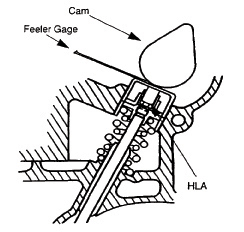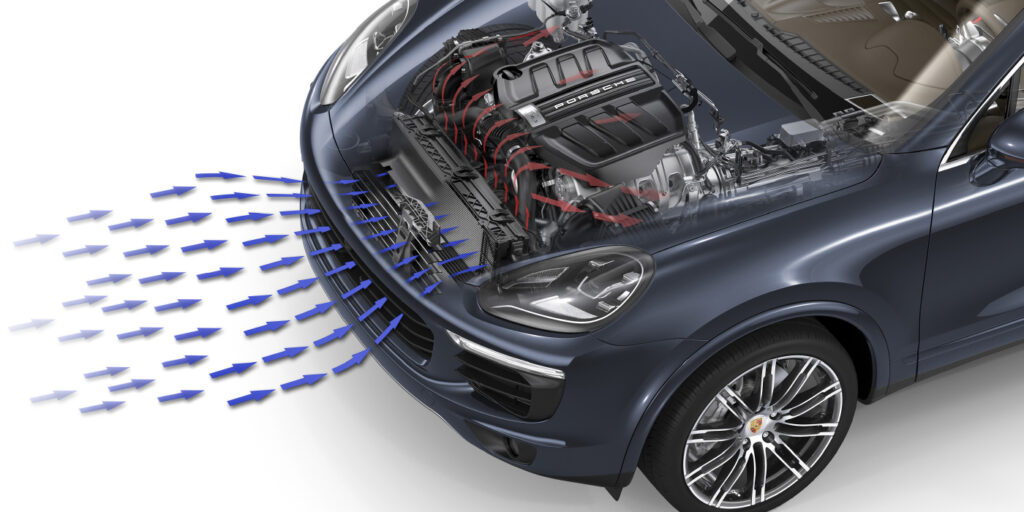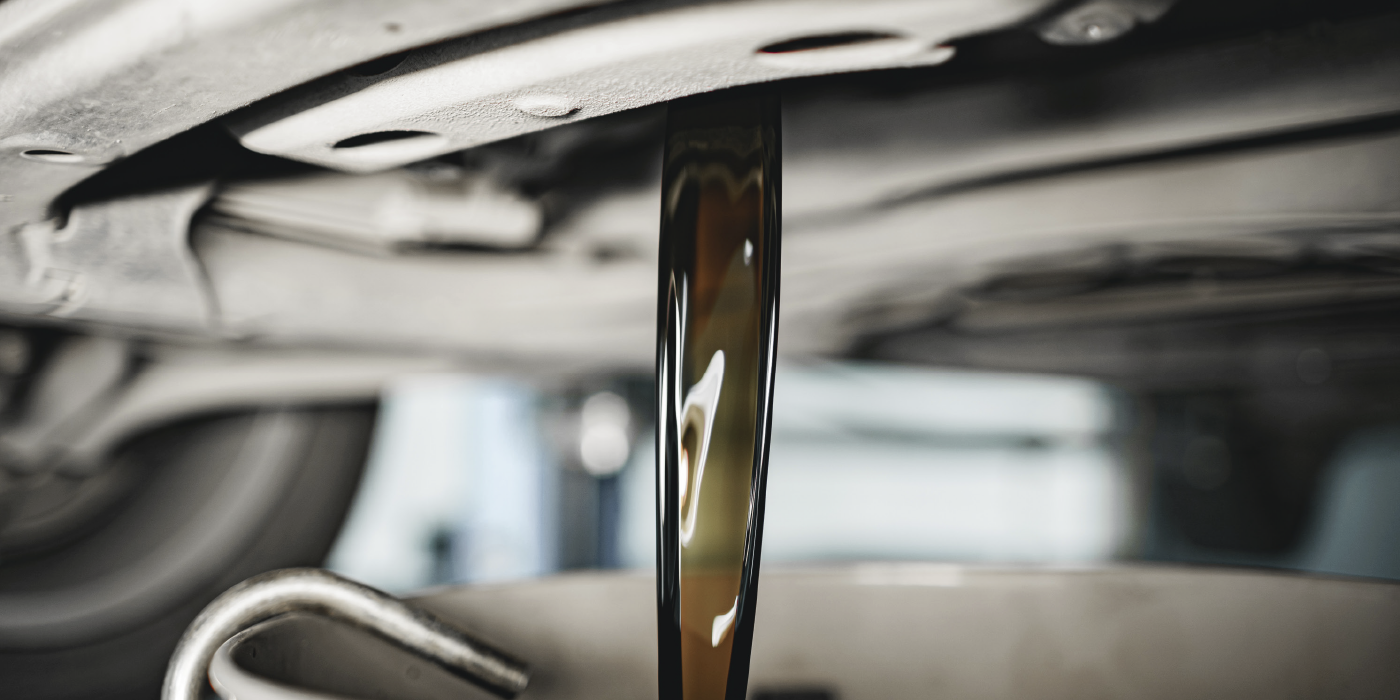 There have been reports of a noise from the top of some 1990-’93 Mazda 1.6L DOHC engines that occurs several times faster than crankshaft rotation.
There have been reports of a noise from the top of some 1990-’93 Mazda 1.6L DOHC engines that occurs several times faster than crankshaft rotation.
This condition may be caused by restricted oil flow through the hydraulic lash adjusters (HLAs).
The noise is common after cold engine starts or when returning to idle after highway driving speeds. To correct the noise condition, HLAs have been modified to increase oil circulation. If a customer complains of HLA noise and the engine is within specified range, use the following repair procedure. If the HLAs require replacement, inform the customer that maintaining regular oil changes will help prevent this noise from returning.
Installer Repair Procedure:
1) Check engine oil level. If oil level is low, add oil.
2) Start the engine and verify the HLA noise. If the noise is present, change the oil and inform the customer that regular oil changes will help prevent the noise from returning. If noise is present, proceed to step 3.
3) Increase engine rpm to 2,000-3,000 for 10 minutes. Return to idle and check again for HLA noise. If noise is still present, proceed to step 4.
4) Perform engine carbon cleaning as described in Mazda Service Manual.
5) If noise is still present, remove the rocker arm assembly covers and check for excessive clearance between the camshaft and the HLA. Note: HLA must not be in compressed position. Turn the cam slowly to avoid air entering the HLA.
6) If .006˝ (0.15 mm) or more can be inserted between the camshaft and the HLA, replace the HLA.
Some or all of this information was provided by the Automotive Parts Remanufacturers Association (APRA). For more information on technical bulletins available through APRA call 703-968-2772 or visit www.AutoBulletins.com.













